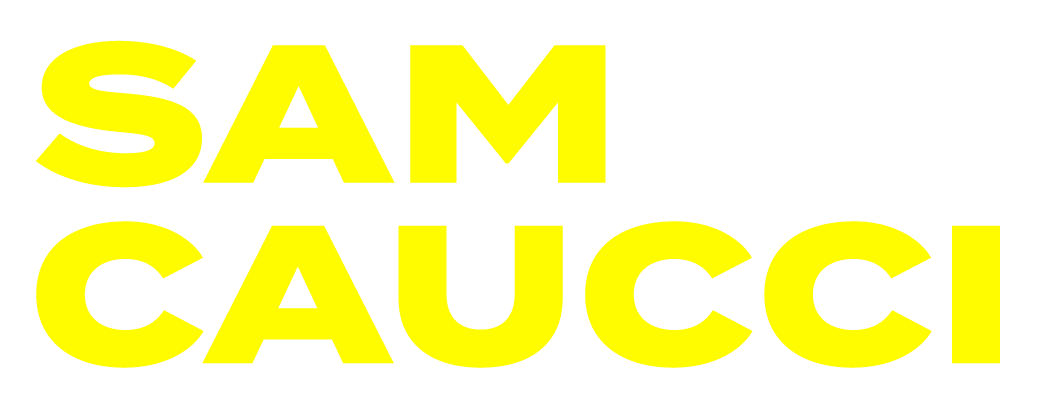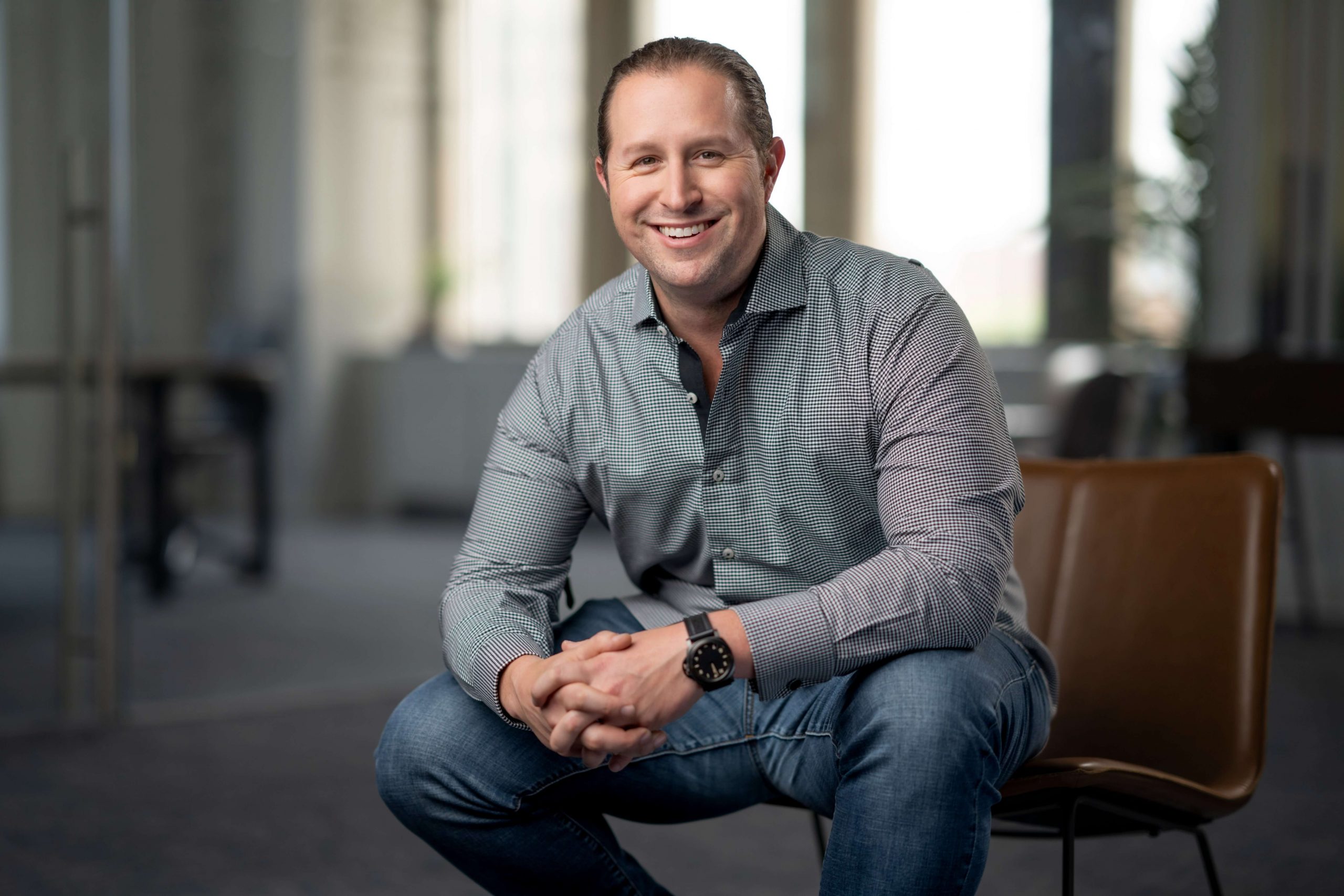It’s obvious that inequities exist.
Less obvious is that these barriers cement themselves long before workers earn their first paycheck— Not when they enter the workforce, but when they leave kindergarten.
Over the decades, I’ve read hundreds of books, trying to better understand the problems facing working Americans so I could build technology capable of alleviating them. Along the way, the ones I come back to again and again, are by Anthony Carnevale at the Georgetown Center on Education and the Workforce.
No matter how much I think I know, his work always surprises me.
So when I picked up Carnevale’s latest book, The Merit Myth: How Our Colleges Favor the Rich and Divide America, on a recent trip to Politics and Prose in Washington, D.C. I had high expectations.
It did not disappoint.
Here are 10 highlights that felt too important not to share:
- Only 5% of the students at the nation’s top 500 colleges come from the bottom 25% of society as measured by family income.
- The long pathway from kindergarten to good jobs is not a meritocracy. The most talented disadvantaged youth doesn’t end up doing nearly as well as the least talented advantaged youth. A child from a family in the top 25% of family income and parental education who has low test scores has a 71% chance of graduating from college and getting a good job by their mid-20s. However, a child from a low-income family but with top test scores has only a 31% chance of graduating from college and getting a good job by then. And, the numbers are worse for talented low-income minorities.
- Eight years out of high school, 61% of students from the top 25% of socioeconomic status have earned a bachelor’s degree or more, compared to about 14% of students who come from the lowest 25%.
- The children of the rich tend to succeed regardless of promise: a child from the top 25% of families in terms of socioeconomic status who tests in the bottom 25% of his or her Kindergarten class still has a 71% chance of graduating from college and getting a good job by age 25. The promising children of the poor tend to tumble — a child from the lowest-status 25% of families who tests in the top 25% in kindergarten has only a 31% chance of graduating from college and getting a good job by age 25. Those who are black or Latino face even longer odds.
- An expensive college education represents what economists call a “positional good.” Like a pricey designer handbag or a luxury car, its value stems partly from its price, artificially inflated by the inability of most people to afford it.
- Since 1970, the wage advantage that a bachelor’s degree recipient holds over someone whose education ended with a high school diploma has risen from 36% to 66% or to about $1 million in earnings over a working lifetime.
- If American higher education continues where it is headed now, the outcome is likely to be even more racial and economic segregation, less social mobility, starker divides between the classes, growing political polarization and extremism, and the continued decline of higher education and its capacity to bring about needed change.
- Employers tend to hire those fresh out of college, using speculative judgements of potential workplace performance based on the applicant’s highest level of education, their educational attainment, and the selectivity of the institutions and programs that awarded their credentials. Those with the most impressive academic credentials have the greatest choice of employers, and they tend to enter careers that offer the most learning on the job.
- We need to come to terms with the fact that most of the costs of our educational failures are absorbed by those with the fewest opportunities. We always invest our next education dollar in those who are already ahead in the education race, and that practice overwhelmingly favors people who are white and affluent.
- Higher education reform should be based on what is best for society, including what is needed to meet the structural needs of our workforce.
I’ve learned a lot through my work at 1Huddle.
I’ve worked with good customers and bad customers; brands that fight for their workers, and, sometimes, brands that fight against their workers.
I’ve learned, sometimes while shaking my head, that education is not the great equalizer many think it is. But what The Merit Myth lays bare isn’t just how little it does to even the playing field, but how much it does to stack the deck.
Educators and employers, I know we can do better.
If not separately then in partnership, together.


